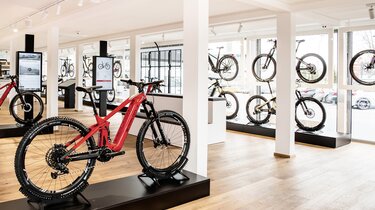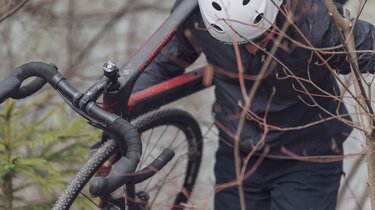The particularities of an E-MTB tour
|Know-How
Find out everything you need to know about a longer E-MTB tour – in the third part of our series about tour planning. Christoph Malin shares his insights!












